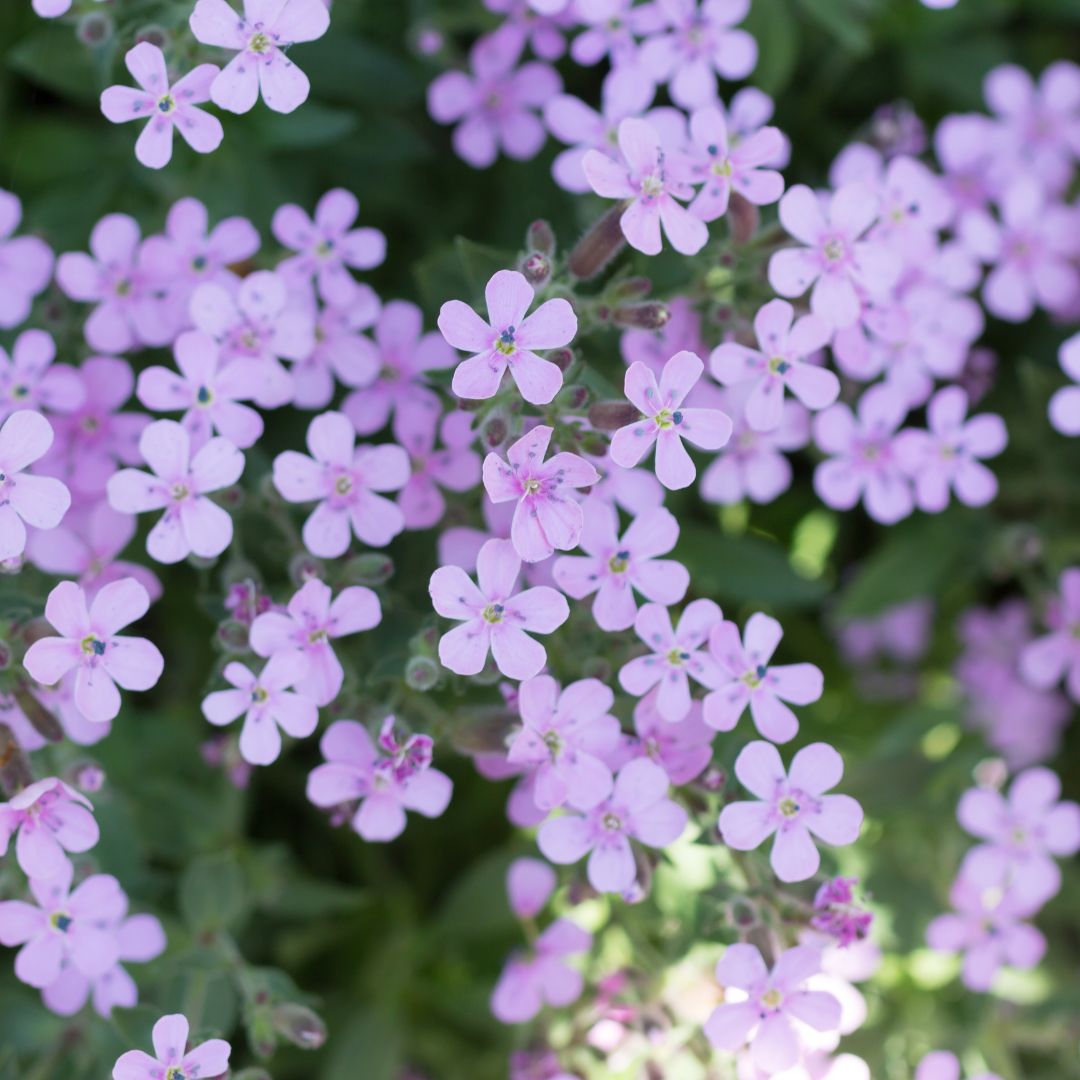
Saponaria: botany, benefits and use in phytotherapy
Saponaria, the essentials in 3 points:
-Clears the respiratory tract
-Also helps eliminate toxins in cases of joint pain
-Treats skin conditions such as eczema and psoriasis
Saponaria is common throughout Europe and France. Rich in active ingredients, notably saponin, the plant is best known for its foaming and cleansing properties. It also has other benefits that make it very useful in the field of phytotherapy.
How to recognize soapwort?
The name soapwort comes from the Latin “sapo”, which literally means soap. The plant is also known as soapwort. Up to 80 cm high, this hairless perennial belongs to the Caryophyllaceae family. It has a long, gnarled, reddish rhizome. Soapwort produces multiple round, upright stems, swollen at the nodes. These stems bear large, oval, opposite leaves. The leaves are lanceolate, with entire, sessile margins. They have up to 5 parallel veins. Between June and October, soapwort flowers are large, with 5 spatulate petals. Pale pink, sometimes white, these flowers are grouped in compact cymes. Soapwort is a deciduous plant. In winter, all that remains of the plant are a few buds and underground rhizomes. The fruit of soapwort is a capsule containing small, dark, rounded seeds.
About the habitat and cultivation of soapwort
In the wild, soapwort is found in rock gardens, on embankments and low walls. In the garden, this perennial likes moderately rich, dry or moist, stony soil. Cool, rich soil is not recommended, to prevent the plant from becoming too invasive. In fact, a section of rhizome left in the soil can recreate a whole plant.
Soapwort can also thrive in sunny or slightly shady spots. It can be planted by division in spring or autumn. Autumn is also a good time to propagate by sowing. Soapwort can be grown both in pots and in the ground. In either case, the plant requires no special maintenance: just water regularly, especially during its first summer. For pot cultivation, however, watering should be occasional. We also recommend removing spent flowers to make way for new ones. In addition, cutting back the clump as soon as it has finished flowering contributes to the plant’s healthy development.
Benefits and uses of soapwort extracts
The leaves and roots are the components of soapwort used in herbal medicine. The leaves are harvested just before flowering, while the roots are plucked in autumn. After harvesting, they are carefully washed and cut before being dried. Soapwort leaves and roots are particularly rich in active ingredients.
Among other active ingredients, they contain saponosides, including gypsogenin, and resin. These active ingredients act synergistically to promote healthy blood circulation and regulate blood pressure. They also give the plant depurative and expectorant properties. Soapwort also helps relieve skin conditions such as acne.
Soapwort extracts are now available in a variety of formats for ease of consumption and use. They are sold as lotions, shampoos, decoctions and herbal teas. Hydroalcoholic extracts and mother tinctures of soapwort are also available in specialized stores. Fresh leaves are also available for use in poultices.
Whatever the ailment and the product format, always take the time to read the instructions. You’ll find all the information you need to use the products properly. If you opt for an herbal tea or decoction, always take care to scrupulously respect the prescribed doses and boiling times. If you are taking a course of dietary supplements, we strongly encourage you to follow the dosage instructions. We also encourage you to maintain a healthy lifestyle and a varied diet throughout your course of treatment. If you have any doubts or require further information about a product, please contact a herbalist. This is the only professional who can give you sound advice.





